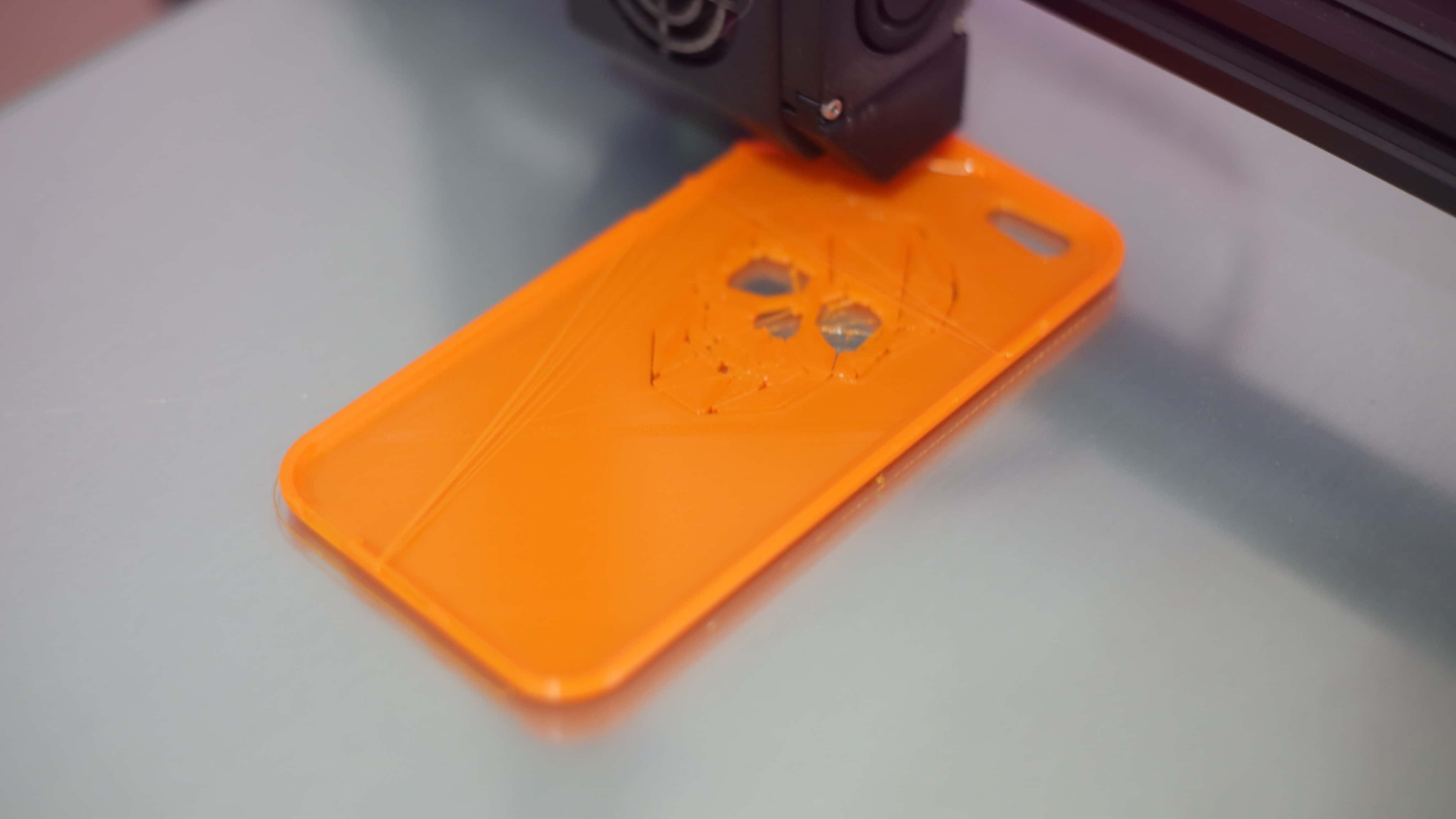What is TPU Filament? Your Complete Guide

TPU filament is more than just flexible. Explore its applications, advantages, and why you should consider it.
Introduction
What is TPU Filament?
TPU is a special type of plastic, often used in 3D printing. It is a stretchy, tough plastic that can bend and bounce back.
These properties make it perfect for creating a wide range of 3D printed objects, from soft toys to flexible phone cases.
Why is it called "thermoplastic"?
The full name for TPU is Thermoplastic Polyurethane.
Thermo means related to heat.
Plastic means it can be molded or shaped.
So, "thermoplastic" means it can be shaped by heat. When you heat up TPU filament, it becomes soft and can be squeezed through a tiny nozzle to create your 3D design.
Key Properties of TPU Filament
Flexibility: Unlike other stiff plastics, TPU is very bendy and can be stretched without breaking.
Durability: TPU is tough and can withstand a lot of wear and tear. This makes it great for things that need to be flexible but also strong.
Elasticity: TPU can return to its original shape after being stretched or bent.
Why Choose TPU Filament for 3D Printing?
Benefits of TPU Filament
TPU filament offers a unique set of properties that make it a popular choice for many 3D printing projects.
Flexibility and Elasticity
Bend and Stretch: TPU is like a rubber band for 3D printing. It can be bent into various shapes and stretched without breaking.
Bounce Back: After being stretched or squished, TPU will return to its original shape. This is called elasticity.
Durability and Impact Resistance
Tough Stuff: TPU is very strong and can withstand a lot of wear and tear. It's great for making things that need to be flexible but also tough.
Shock Absorber: TPU can absorb the force of impacts, making it suitable for creating protective coverings or parts that cushion against shocks.
Wide Range of Applications
Prototypes: TPU is often used to create flexible prototypes before making a final product.
Footwear: From shoe soles to custom orthotics, TPU can provide comfort and durability.
Accessories: TPU is used to make a variety of accessories, like phone cases, watch straps, and keychains.
Environmental Friendliness
Biodegradable Options: Some TPU filaments are made from biodegradable materials, which means they can break down naturally over time, reducing their environmental impact.
Comparison with Other Filaments
Let's compare TPU to some other popular filaments:
Feature | TPU | PLA | ABS |
|---|---|---|---|
Flexibility | High | Low | Low |
Durability | High | Medium | High |
Heat Resistance | Good | Fair | Good |
Layer Adhesion | Good | Good | Good |
Surface Finish | Smooth | Smooth | Smooth |

TPU Filament: Understanding FDM 3D Printing
FDM stands for Fused Deposition Modeling. It's a 3D printing technology that builds objects layer by layer.
The printer melts a plastic filament (like TPU) and then deposits it in thin layers to create a 3D object.

Printing with TPU Filament Using FDM
TPU is a flexible and stretchy filament, which makes it a bit trickier to print with compared to more rigid filaments like PLA or ABS. Here are some key techniques to get the best results when 3D printing with TPU:
1. Printer Setup
Maintain a consistent temperature with an enclosed build chamber.
Use a heated bed to enhance first layer adhesion.
Employ a direct drive extruder for precise material extrusion.
2. Slicing Software Settings
Adjust temperature based on filament specifications.
Increase infill for enhanced strength and durability.
Minimize or deactivate cooling fans to prevent under-extrusion.
Reduce print speed for improved layer adhesion.
3. Filament Handling
Thoroughly dry TPU before printing.
Store filament in a cool, dry environment.
4.Support Structures
Utilize soluble supports for easy removal.
Minimize support material usage.
5. Post-Processing
Allow gradual cooling to prevent warping.
Smooth surfaces with sanding if necessary.
TPU Filament Applications
TPU, or thermoplastic polyurethane, is a flexible and durable material that has found its way into a wide range of applications due to its unique properties.
Let's explore some of the most common uses of TPU filament.
Consumer Products

TPU is perfect for creating phone cases because it can be molded into various shapes and provides excellent protection against drops and scratches.

Industrial Applications

TPU is used in automotive applications for parts that require flexibility and durability, such as seals, gaskets, and hoses.
The biocompatibility of TPU makes it suitable for medical devices like catheters, tubing, and prosthetics.
Fashion and Textiles

TPU can be used to create custom shoe soles and other flexible components.
TPU-coated fabrics are used in a variety of applications, including sportswear, outdoor gear, and automotive interiors.
Conclusion
TPU filament is a versatile material with many uses. Its flexibility, durability, and comfort make it suitable for a wide range of products.
From everyday items like phone cases to industrial components and even fashion accessories, TPU has become a valuable material in modern manufacturing.
Unionfab: Your 3D Printing Partner
As China’s largest 3D printing factory, nionfab provides premium TPU material and expert 3D printing services.
Contact us today to discuss your project and discover how TPU can enhance your product!

